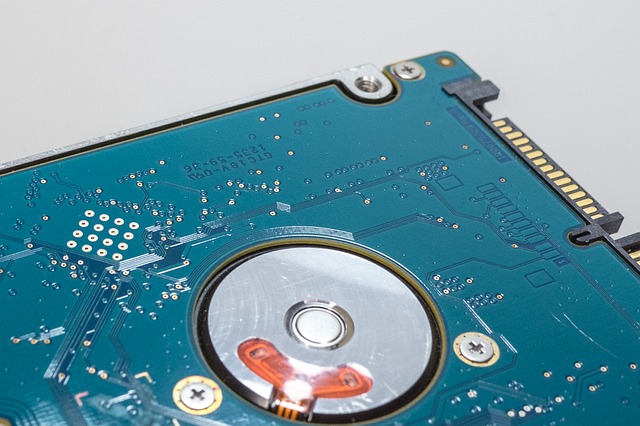Although solid state drives (SSDs) are soaring in popularity, thee traditional, mechanical HDD is still miles ahead when it comes to capacity. HGST introduced the world’s first enterprise-class 10TB hard disk drive back in 2015, using the standard method of storing data – perpendicular magnetic recording. But the higher capacity can be achieved through HelioSeal, which replaces the air inside a typical hard drive with helium.
Helium reduces so-called ‘head flutter’, the vibration that is caused by air turbulence, making the heads unstable. This new stability means densities can be reduced further, increasing capacity. By sealing the drive in this way, dust and debris can’t get into the chassis like in standard hard disk drives, which have a breather hole that can let contaminants in. The He10 drive is marketed as having a 2.5 million MTBF (mean time before failure), which is way beyond the industry standard for hard drives. You are, therefore, much less likely to need to consult a data recovery specialist than with a regular, air-filled hard drive.
 The increased reliability and huge capacity are not the only benefits of HelioSeal hard drives, though. The new technology includes new DRAM media cache technology, without data integrity concerns. With lower power consumption and increased performance, plus their durability, HelioSeal hard drives are incredibly attractive to businesses.
The increased reliability and huge capacity are not the only benefits of HelioSeal hard drives, though. The new technology includes new DRAM media cache technology, without data integrity concerns. With lower power consumption and increased performance, plus their durability, HelioSeal hard drives are incredibly attractive to businesses.
Hot on the heels of HGST, Seagate introduced the world’s first 10TB hard drive for home users in 2016, also utilising helium to fill the drive. Seagate have recently announced their second generation of helium-filled hard drives, which are expected to have a whopping 16TB of storage, designed for businesses for the time being.
